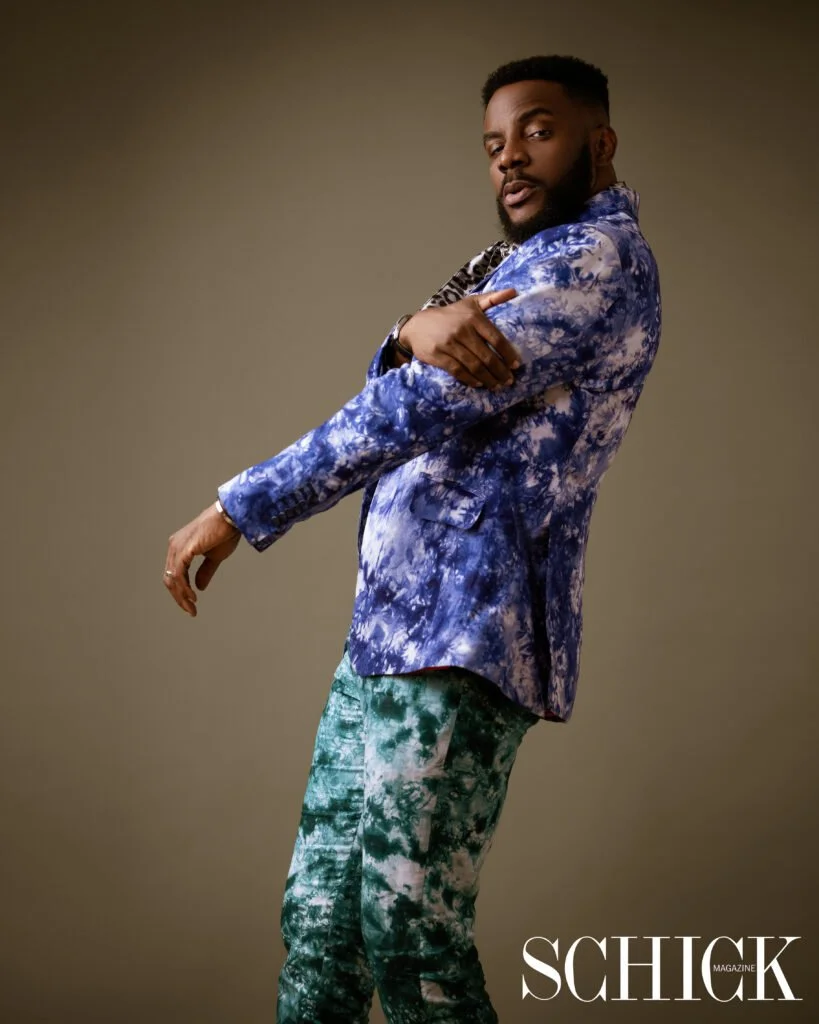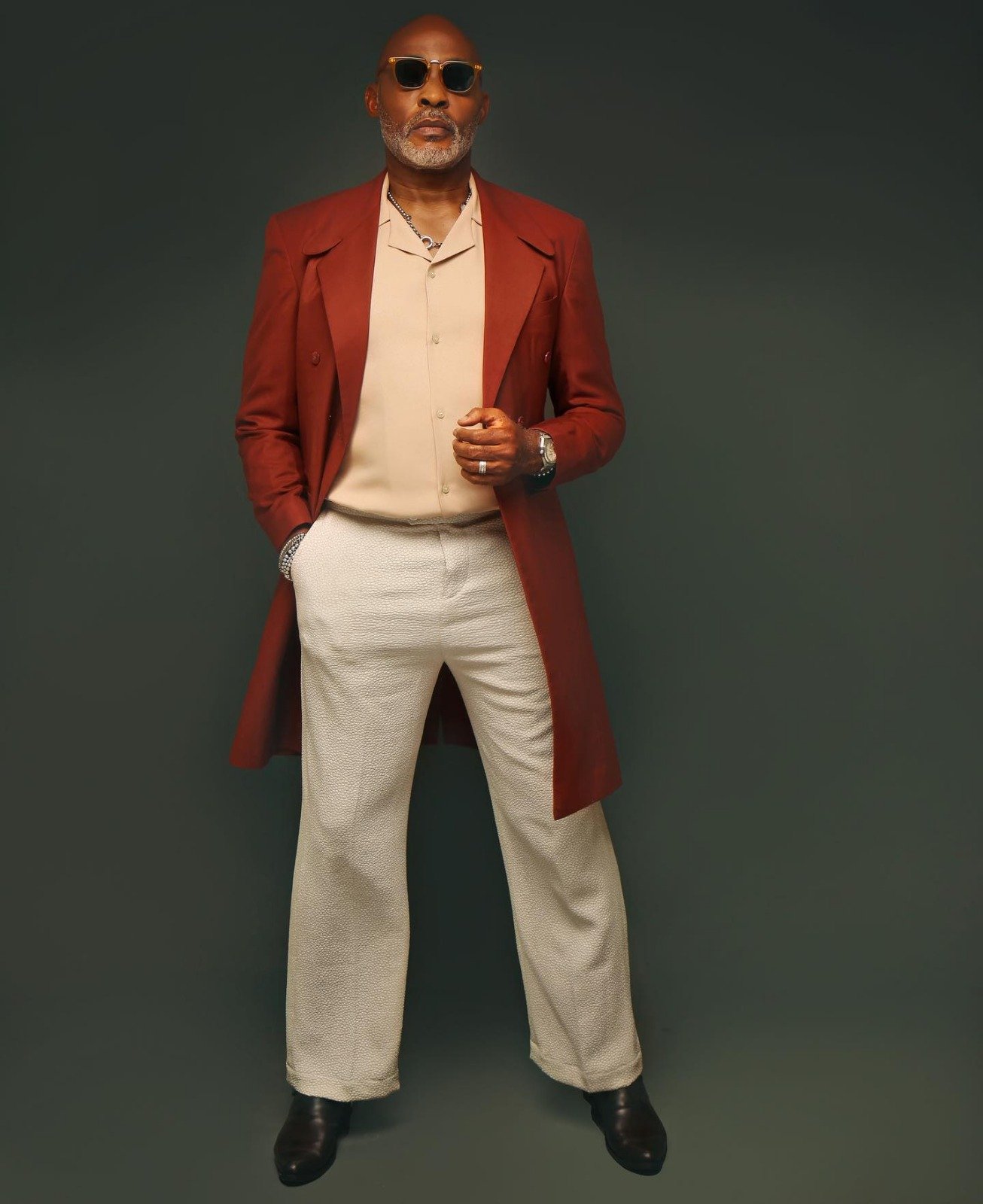Nigerian Men’s Fashion Looks That Deserve More Hype
African fashion has, and always will be, a potent form of cultural pride, bold self-expression, and modern innovation. It isn't short on color, creativity, or confidence. In the midst of the African fashion landscape, Nigerians continue to make headlines with their extravagant looks. However, one thing has been clear regarding visibility: women get most of the spotlight. Their style dominates Instagram feeds, red carpets, and fashion blogs. And somehow, Nigerian men's fashion keeps getting pushed to the background.
It's not that the men aren't showing up. From clean-cut senator styles to laid-back Ankara sets, Nigerian men have delivered stylish, culture-rich looks without the same hype for years. You’ll see it at weddings, in the market, in religious houses, or while walking down the street. The fashion is there. The effort is there. The attention? Not so much.
Mainstream fashion coverage often overlooks the credit African men deserve. The ratio of women’s fashion to men’s in magazines, Pinterest boards, and curated photo spreads says it all. Even when African men’s fashion trends catch on, they tend to be fleeting.
But it's time to change that. It’s time to spotlight the African men’s fashion looks that deserve more hype.
Kaftans
Kaftans are one of the most common outfits worn by African men. They prove that comfort doesn't have to come at the cost of looking regal. They are versatile, breathable, and the perfect mix of personality, comfort, and elegance. Usually made from soft, flowing fabrics like cotton, brocade, or linen, they make tradition feel current.
The best part? There are so many looks that men serve with Kaftans. Some men go all out with bold embroidery across the chest or down the sleeves. Some mix and match with Ankara, floral patterns, and other materials. Others keep it simple and clean with plain fabrics and beautiful tailoring.
And the styling? Paired with traditional caps, chains, beads, watches, or designer glasses. Aside from sandals or shoes, sneakers can be worn on this, and you get a look that deserves a chef’s kiss. Kaftan ticks all the boxes the fashion world looks for in African men – think immaculate cut, on-point detailing and styling, cultural depth, and modern twists. Honestly, the look African men serve with a kaftan deserves more hype.
Agbadas
Wondering why Agbadas are on this list, despite being one of the most fashion-forward traditional men's outfits in West Africa, especially Nigeria? Well, while almost every African man wears this three-piece big, bold, and full of presence, it still doesn't get the hype it deserves.
Agbadas are more than just an outfit; they are statement makers. When a man walks into a room wearing one, people notice. That's power. The robe, the detailed embroidery, and design make the man look - and feel - like royalty. Agbadas come in endless variations that reflect both personal style and cultural pride.
What’s sad is that even with all this style and history, Agbadas still don’t appear in popular fashion spaces or the global men's style conversation. Maybe it's because people see them as too traditional, or only for special occasions.
That has changed over the past few years, thanks to the fashionable Gen Zs. Today, style-savvy men are wearing Agbada in a new look that deserves praise.
Print-on-Print or Print-on-Pattern
From Ankara to Kente to Shweshwe, bold prints and patterns are stitched into the very fabric of African culture. Africans are renowned for their ability to seamlessly mix and match prints and patterns to create bold, fashion-forward looks.
Take, for instance, the leopard-print shirt and plaid pants worn by award-winning Nigerian presenter and Big Brother Naija host Ebuka Obi-Uchendu on the summer digital cover of SCHICK Magazine in 2021. Or the amazing look from the same SCHICK editorial where he rocked a deep blue and white tie-dye blazer over emerald green tie-dye trousers.


This looks underrated because many people see it as “too much,” when it’s a deep expression of style. It's important to note that African men who combine two or more bold prints or patterns without looking messy or like "fashion terrorists" are masters of fashion.
Whether stripes on tribal patterns or florals, the result is always eye-catching and unapologetic. They know that mixing, matching, layering, or clashing prints-on-prints, patterns-on-patterns, or prints-on-patterns creates a purposeful look that expresses personal style, individuality, and creativity.
Jalabiya
Jalabiyas are one of the most underrated looks in African men’s fashion. Simple? Yes. But never boring. Men across North and West Africa wear these long, loose-fitting robes, especially in Sudan, Egypt, and Nigeria. They’re known for being easy to wear, breathable, and effortlessly stylish.
But even with all their charm, Jalabiyas don’t get the fashion love they deserve. Most people see Jalabiyas as too plain, simple, or "religious" to be considered stylish, only worn during Friday prayers, Ramadan, or a comfortable, relaxed-at-home, or casual hangout day.
Because of that, they're seldom chosen for weddings, formal events, or big fashion moments. That is a big mistake because when styled right and paired with good grooming, nice shoes, and confidence, Jalabiyas can look as sharp as any Kaftan or suit.
If you do not like being "too dressy" but still want to show off that African look that carries quiet power and style, Jalabiyas are the perfect outfits. It's time to stop treating this underrated outfit as background fashion. They deserve to be celebrated and seen increasingly in fashion magazines, blogs, and at the front of fashion conversations.
Bold and Unexpected Colored Outfits
There was a time when specific colors were considered “too soft,” "too bright," or “too feminine” for men. Colors like pink, purple, bright yellow, peach, fuchsia, orange, even pastel blue, were shoved into the "not for men" category. But that's changing. Western fashion has already embraced the inclusion of these so-called "feminine" colors in menswear. - loudly and proudly.
In the same light, African men have started stepping out in colors that used to raise eyebrows. They are doing it quietly, consistently, and stylishly. They are not just wearing them; they are owning them.
But here’s the difference: while Western fashion hypes these looks proudly, the impact of these looks in African men’s fashion is barely being talked about. The confidence, the creativity, the cultural shift - it’s all there, but it’s not getting the spotlight it deserves.
African skin tones wear any colors beautifully. The contrast, the glow, the richness, it all works.
Monochromatic Outfits
There's something undeniably stylish about monochromatic looks, and African men wear them beautifully. Monochrome doesn’t mean boring; it means refined. It’s a fashion flex without trying too hard. Monochromatic look says everything in one single color with nothing extra.
Footwear and Accessories
This is enough hype on footwear and accessories, but let’s end this with the finishing touches, because African men’s fashion doesn’t stop at the outfit. The proper footwear and accessories elevate the entire look.
Start with the shoes: clean leather loafers, soft suede slip-ons, embroidered sandals, even custom-made pairs stitched to match specific outfits. High-quality footwear brings the whole look together.
Then come the accessories: fila caps, red coral beads, agbada chains, rings, and sometimes even walking sticks. Each one elevates the look in more ways than one.
Final Word
African men’s fashion is not a trend, it’s a movement. It’s culture, identity, and art all rolled into one. The real issue isn’t a lack of style. It’s a lack of global hype and spotlight. From regal agbadas to street-smart prints, African men are showing up and dishing out looks that serve. Now, the rest of the world just needs to catch up.








